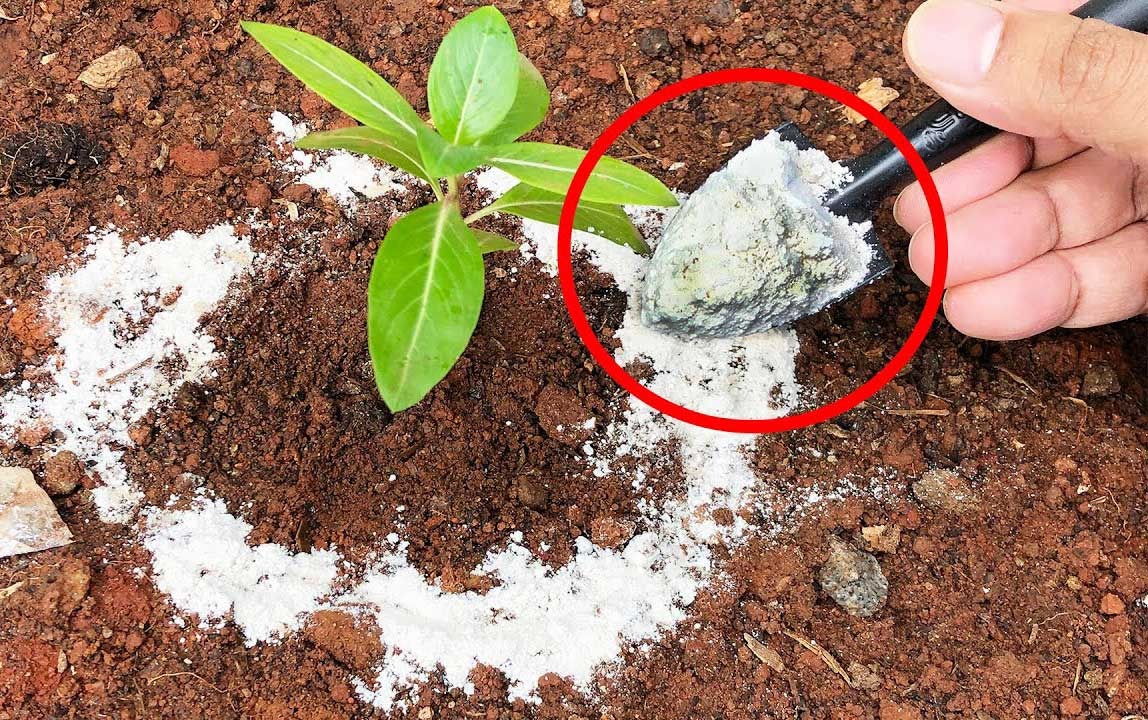Do you wish to increase your container gardening skills? Whether your answer is yes or no, be sure that you’re in the right place. Whatever it’s for a job or for peace of mind, a container garden can certainly thrive.
If taken care of, container gardens can provide you all you need; food for your kitchen, herbs for your health and skin, and flowers to further beautify your house.
There’s really no limit to what you can do, it only makes sense you’d want to go above and beyond with your container gardening, so first let’s see what you shouldn’t do that could really slow you down.
Container gardens can also, of course have less disease concerns than plants cultivated in the ground Plants on a balcony, verandah, or deck are less likely to be discovered by pests that migrate from plant to plant in the garden.
However, while a container garden may accommodate a wide variety of plants, there are a lot of things that could you some trouble. Here are 15 mistakes you can be doing that could be lessening your gardening potential:
1. Using Small Containers
A common mistake that even experts face, is using smaller containers. Whereas plants planted in larger pots almost always have superior growth, whether you’re evaluating height, number of leaves, leaf area, stem diameter, shoot and root dry and fresh weights, entire plant dry and fresh weights… you get the point. This isn’t unexpected because a bigger root zone allows for more roots, which in turn allows for greater above-ground development.
Flower and fruit output were the only metrics that differed across species. Plants with restricted roots are more likely to reproduce sexually, probably as a result of poor growth circumstances forcing the plant to reproduce before it dies. In comparison to plants in bigger pots, there is a higher risk of circular root systems and a higher ambient soil temperature.
General rule for choosing the right container size
Plants are sold at various stages of development by nurseries and farmers. The following information should assist you in determining what type of potted plant you have purchased and ensuring that you get the most out of your plants.
Diameter: 9cm Pot
The smallest pot size available, with the diameter of the top being the measurement. These are frequently made up of young herbs, perennials, and shrubs and are popular with internet vendors.
Pot with a capacity of 2-3 liters and a diameter of 19 centimeters
This size is sold for climbing plants, including veggies and decorative plants. Most shrubs and perennials are planted in this size because it allows them to establish fast.
4– 5.5 liters (22.5cm diameter) Pot
Because roses’ roots grow deeper than those of other shrubs, they are marketed in these container sizes.
9L – 12L (28cm to 30cm diameter) Pot
For trees that are 1–3 years old, this is the normal size. These sizes are commonly used in nurseries for ‘specimen’ plants.
15-100L (diameter + 33cm) Pot
In this size range, trees are available in a variety of container sizes. The larger the pots, the older and more mature the trees, which will make an immediate effect in your landscape.
2. Choosing Containers Made from the Wrong Materials
Material matters, let me repeat that, material really matters when it comes to choosing your containers, most gardeners overlook this part even though it directly affects how well plants grow. And how easy it could become to take care of them.
Container gardening does not necessitate the use of expensive containers. Five-gallon buckets are one of my favorite methods to container grow.
Containers, on the other hand, come in a variety of materials. You must be aware of your plants’ requirements in order to select the appropriate growing medium for them.
Best Practice:
You should choose a terracotta container if your plants need to be kept damp all of the time. They keep moisture for a significantly longer period of time than other types.
If you have plants that need to be fully dry between watering sessions, however, a glazed or plastic container is the way to go. Which type of container you select will determine what your plant requires.
Grow Bags Made of Cloth:
Container gardening bags composed of a durable yet permeable landscape fabric is becoming increasingly popular. They’re ideal for plants that become wet quickly. Root systems are naturally air-pruned because to their intrinsic permeability.
They can be emptied, rolled up, and simply stored for the next season at the end of the season.
Cloth bags, on the other hand, have the disadvantage of requiring more regular watering.
3. Using Containers Without a Drainage Hole
When growing plants in containers, one of the most essential things to remember is that water must be able to drain freely from the bottom of the pot. This prevents your plants from rotting if they receive too much water. Most containers come with a drainage hole at the bottom, but if yours doesn’t, use a masonry, glass, or tile bit to drill one yourself.
Root rot, a hazardous problem that can potentially destroy your plants, can be caused by waterlogged soil. Wilted leaves that don’t perk up after watering, yellow leaves, and leaf drop are all signs of root rot. When you take the plant out of the container, you may notice black or brown roots that are sticky or mushy.
Another important reason for making sure pots have adequate holes is to avoid salt accumulation in the potting soil. Salts in tap water and fertilizers can be harmful to plants. As plant roots absorb water, some salts are left behind, and salts accumulate in the soil over time. Salts are flushed out of the soil when you water properly and allow the water flow out through the drainage holes in the bottom of the container.

